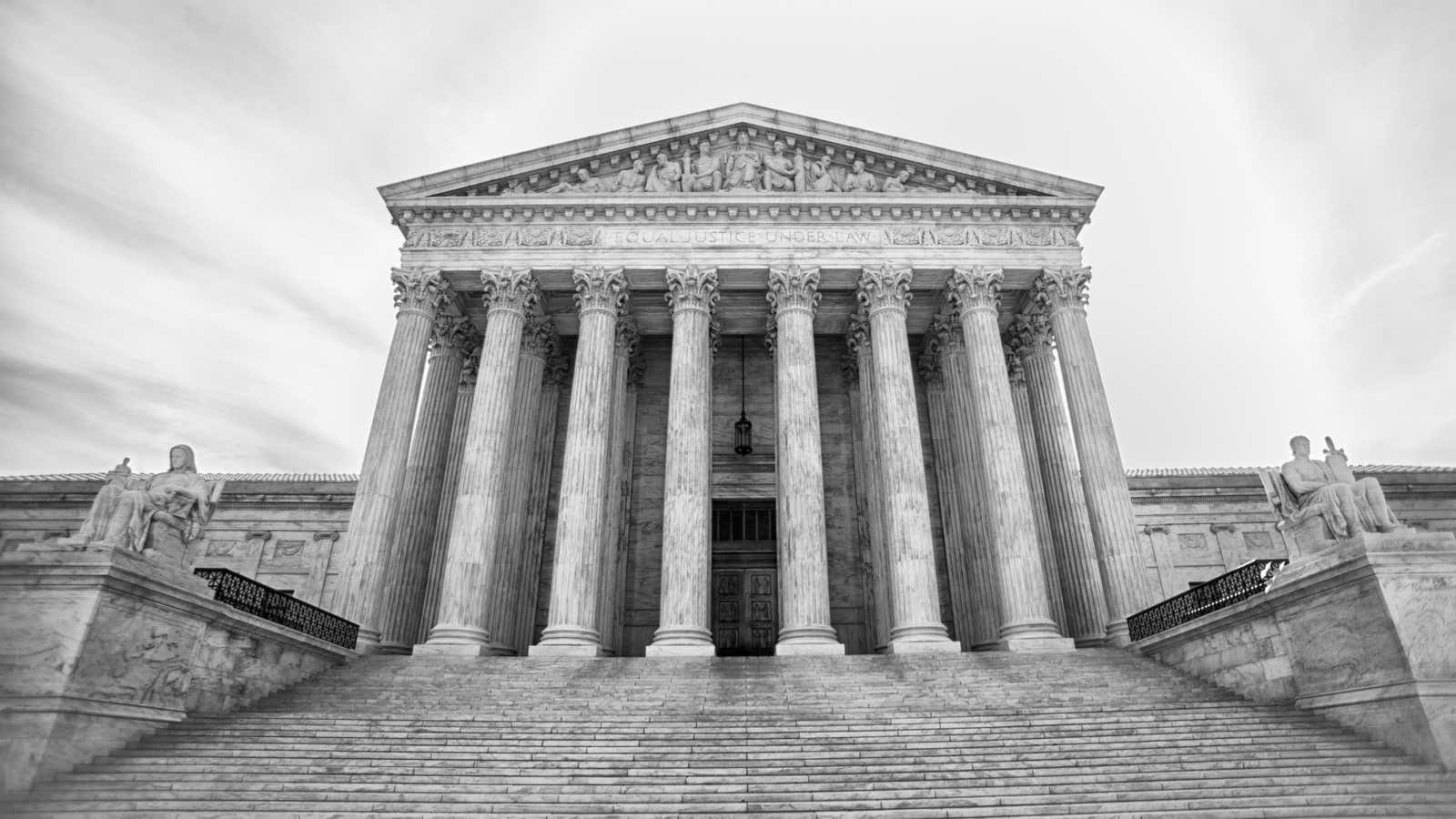A Centuries-Old History of Self-Immolation in Protest

A Colorado environmental activist died over the weekend after setting himself on fire in front of the U.S. Supreme Court. Wynn Bruce’s self-immolation coincided with Earth Day, and his friends told news outlets that he is deeply passionate about climate change. However, Bruce was far from the first to make such a claim. In fact, the history of self-immolation is quite long, and it was done in protest against all sorts of things.
How long has the self-immolation campaign been going on?
The earliest recorded protest of this kind took place in 396, when a man named Fayu set himself on fire in what would later become China.
After two asylum seekers on an island off the coast of Australia set themselves on fire in 2016, the Australian Broadcasting Corporation reported that while suicide protests are “very rare”, they have increased in frequency around the world over the past 50 years.
What is the purpose of this type of suicide protest?
Bombing and flying through the air are some of the methods that come to mind when discussing violent and symbolic suicides, and they are mostly used to make a point or cause additional damage. Self-immolation is considered less – as long as it does not occur. There’s a reason for this: it’s graphic and eye-catching.
In 2013, Oxford University sociology lecturer Michael Biggs told NPR that the act has two different motivations: the first is to show a distant audience how bad the situation is for the affected group. Second, to strengthen the resolve of those who remain.
When considering the history of political self-immolations, one thing becomes clear: those who choose to die in flames are often part of maligned or abused groups. They seek to make a statement about the treatment of their group and draw attention to the issues that will continue to haunt those who live on.
What are some famous examples of self-immolation?
Bruce’s death made headlines this week and will be discussed for a long time, like the self-immolations that preceded it. One of the most famous examples of this form of protest was carried out by an elderly Buddhist monk named Thich Quang Duc. In 1963, a Vietnamese man burned himself alive on the streets of Saigon to protest against a corrupt government. The photo of the so-called “Burning Monk” made international headlines, with former President John F. Kennedy saying, “No news photograph in history has stirred as much emotion around the world as this one.” Indeed, the act of protest is considered one of the factors that pushed America into the Vietnam War.
Monks make up a significant portion of those who choose this form of protest, in fact, although nuns have also done so. Others who have taken this path include peace activists, farmers and students. Two years after Thich Quang Duc protested and died in Saigon, a Tunisian fruit vendor named Mohamed Bouazizi set himself on fire, inspiring the protests that became the Arab Spring.
In recent years, more than 100 people in Tibet have set themselves on fire to protest Chinese rule. From women’s rights in Iran to unemployment in Turkey, the reasons behind these protest suicides vary, but nearly all are undertaken to raise awareness of what the individual sees as injustice affecting members of their community. Earlier this year, a man in Australia set himself on fire to protest the introduction of the COVID-19 vaccination, but paramedics and police intervened and he did not die.
Why is it important?
Self-immolation protests are often the last and horrific act. As noted above, they are often held to raise awareness of causes and injustices. Those who do so hope that, like The Burning Monk of the 1960s, their latest act will be able to garner the attention it needs to correct the alleged error. While their causes are clearly important to them, it is equally important to never glorify violence or suicide. If you have suicidal thoughts, call the National Suicide Prevention Helpline at 1-800-273-8255.
There was significant outcry from news consumers over the weekend that many initial major media reports failed to mention Bruce’s stance as a climate activist. Friends and acquaintances of Bruce spoke out online, demanding that journalists cover what is important to him. Dr. K. Crite , a climate scientist and Zen Buddhist priest in Colorado, tweeted that she knew Bruce , and added, “This is a fearless act of compassion to raise awareness of the climate crisis.”
Understanding the motives behind such protests is vital, even if they do not glorify or justify the action. History has shown that ignoring these motives will not stop injustice.